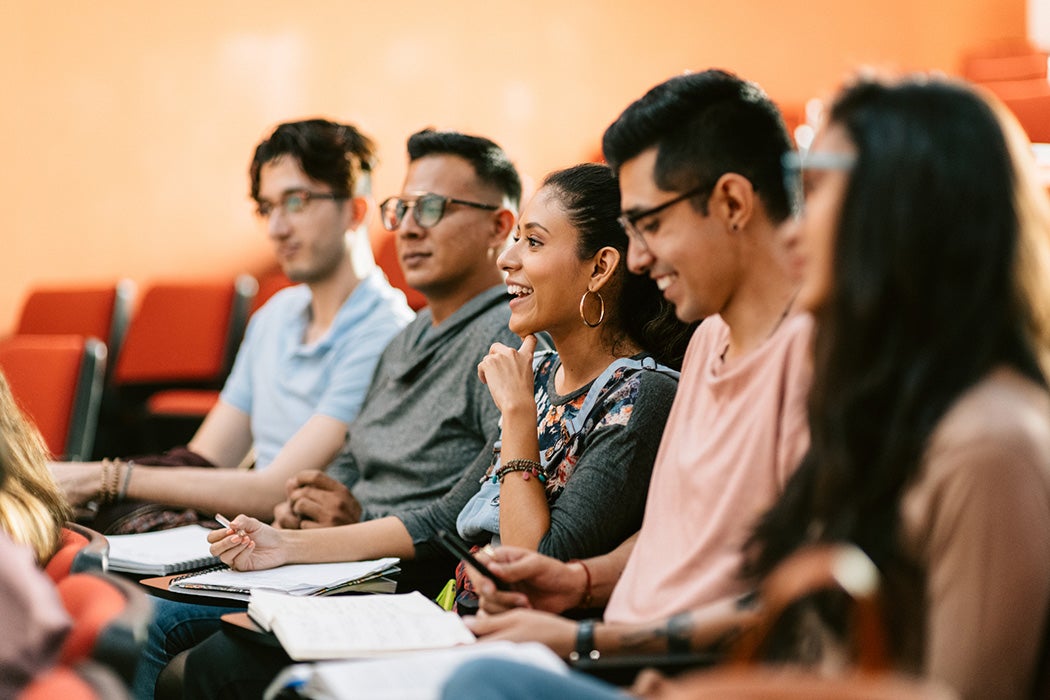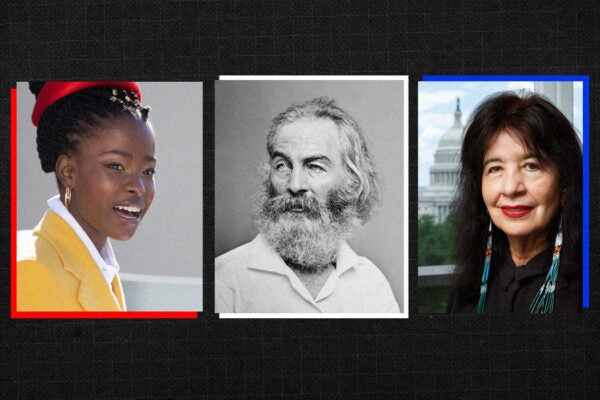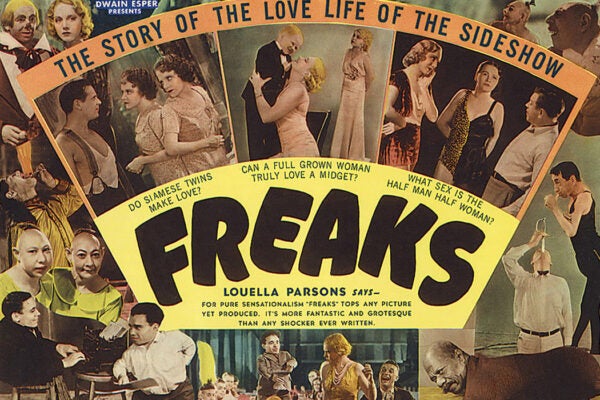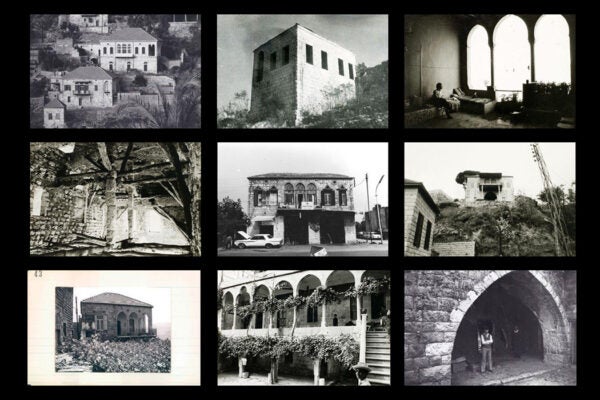One common misconception is that bilingual people have perfect fluency in two or more languages. But that’s rarely the case, and bilinguals certainly aren’t a monolithic group. In fact, heritage language users challenge expectations about language learning, according to veteran educator Guadalupe Valdés—and they’re changing how second languages should be taught in classrooms.
Educators typically regard heritage language students as those “raised in a home where a non-English language is spoken,” Valdés explains. “The student may speak or merely understand the heritage language and be, to some degree, bilingual in English and the heritage language.”
On top of that, she notes that other scholars have argued that it’s “the historical and personal connection to the heritage language that is salient and not the actual proficiency of individual students.”
Heritage language learning in the United States came to the forefront in the early 1970s, when many students who had already been exposed to Spanish at home “turned to already existing foreign language programs in language departments at the postsecondary level” to improve their skills. College-level instructors were not ready to teach Spanish as a “foreign language” to “students who, in some cases were more fluent in the language than they were, but who could not talk about the language using the terminology used in the teaching of traditional grammar,” Valdés recounts.
These students might have already understood some grammatical rules or known vocabulary beyond the textbooks’ limited offerings, but they still lacked experience reading and writing in Spanish.
“Worst of all—from the perspective of some faculty—they were often speakers of stigmatized varieties of Spanish (e.g., rural Mexican Spanish, rural Puerto Rican Spanish),” she adds.
Unlike students who learn a second language in school and do not use it outside the classroom, heritage speakers “may acquire and use two or more languages in order to meet their everyday communicative needs” in a mix of classroom and community settings. Rather than treating these heritage language learners as traditional second-language students, Valdés proposes that they blur the boundary between first- (L1) and second-language (L2) users.
These so-called “L1/L2 users,” she writes, “will fluctuate in their preference or perceived strengths in each language, depending on the nature of the interaction, the topic of discussion, the domain of activity, and the formality or the informality of the situation.”
For example, a child may grow up with Spanish as a first language but become dominant in English—and rusty in Spanish—after exposure in school. When pursuing formal instruction in their heritage languages, users may have different needs from those studying the language from scratch.
Heritage learners may also have to pick up another dialect or formal registers of the language, as well as learn linguistic features—such as verb tenses—that they did not fully master in childhood.
“A final category of heritage speakers includes L1/L2 users who cannot or will not speak the heritage language although they are able to participate in interpersonal, face-to-face communication with bilingual individuals who speak to them in this language,” Valdés adds.
“These passive L1/L2 users exhibit strong receptive proficiencies in their heritage language, which, although limited, still exceed the receptive proficiencies acquired by beginning and even intermediate learners of a foreign language.”
Heritage learners’ experiences also invite further questions for educators, Valdés writes.
Weekly Newsletter
“What can formal classroom instruction accomplish for L1/L2 users? Are there types of instruction that can reverse language attrition? What types of instruction can result in the acquisition of a range of registers and styles?”
Working with such students and doing research on how to teach them “requires a viewpoint that no longer focuses exclusively on the educated monolingual native speaker,” Valdés writes. Moreover, “moving beyond the monolingual norm must involve the rejection of the standard monolingual language…as the norm against which the [heritage] users are measured.”







